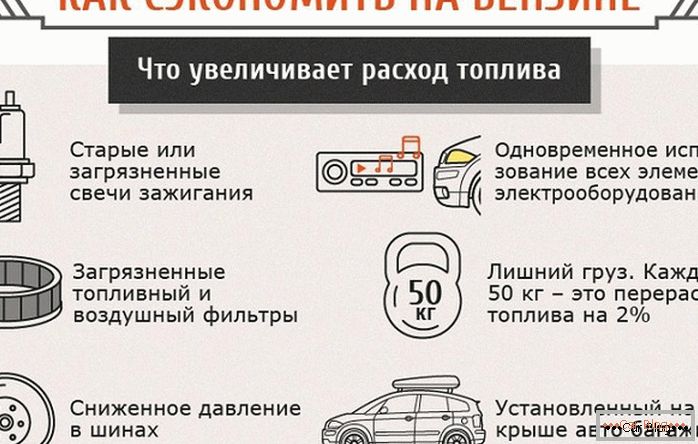Savings should be economical.
For many years, people believed that cup holders are more important than fuel economy.
After the rise in price of fuel, the situation has changed. The automotive industry responded by offering an increasing number of fuel-efficient models. Follow these tips when choosing an economical car.

1. Analyze your needs
Are you looking for a car, especially for commuting to and from work? Or is this a car for a wife? How many passengers do you usually carry? Buying a car that does not exceed actual needs is an important step towards fuel efficiency.
2. Choose the right vehicle size.
After honest self-assessment of how you will use your car, it's time to think about the size of the vehicle: SUV, minibus, pickup, station wagon, sedan. When it comes to fuel efficiency, size matters. Large vehicles weigh more than smaller ones - the weight of the car is the determining factor in fuel efficiency. A heavy vehicle needs more power and therefore uses more fuel to accelerate.

3. Select the appropriate engine.
In almost all cases, a smaller engine will increase fuel economy. The refusal of several horsepower can mean serious progress in fuel efficiency. The key characteristic is the number of cylinders. For maximum fuel efficiency, choose a four-cylinder car.
4. Consider buying a hybrid.
In 2007, more than 350,000 customers bought the Toyota Prius, Honda Civic Hybrid, Ford Escape Hybrid. The growing popularity of hybrids is directly related to the ability to save fuel.
See also: Identification of icons on the dashboard
5. Consider diesel cars.
Diesel vehicles work more efficiently than their gasoline counterparts because they use higher compression ratios and higher combustion temperatures. The efficiency advantage is enhanced by the fact that a liter of diesel fuel contains 10 percent more energy than a liter of gasoline. These two factors help diesel engines save 50% more than petrol engines.
6. Buy new cars
Newer cars tend to use advanced technologies, such as tubeless systems, low friction lubricants, idling and deactivating cylinders, which do not cover cylinders if necessary. Of course, later models of used cars can also use some of these technologies, but not all.

7. Guide with your mind
Driving 65 miles per hour instead of 75 miles per hour will increase fuel economy by about 10 percent.



